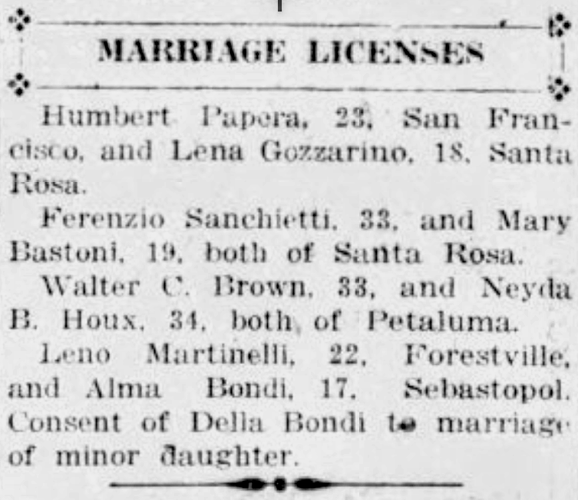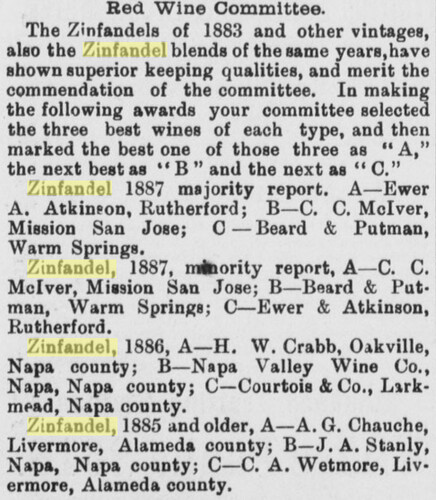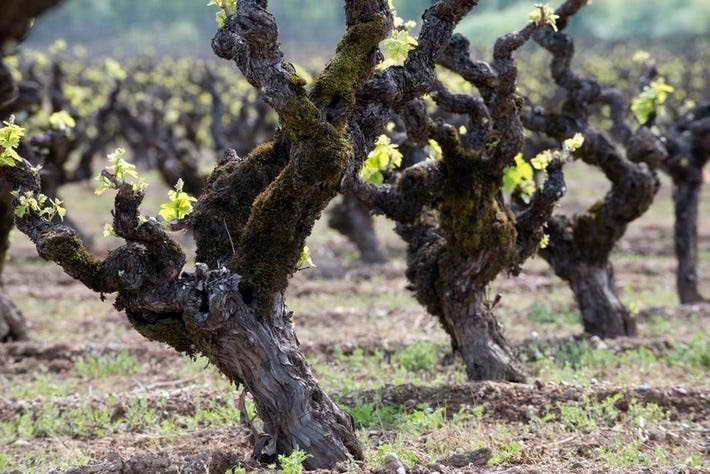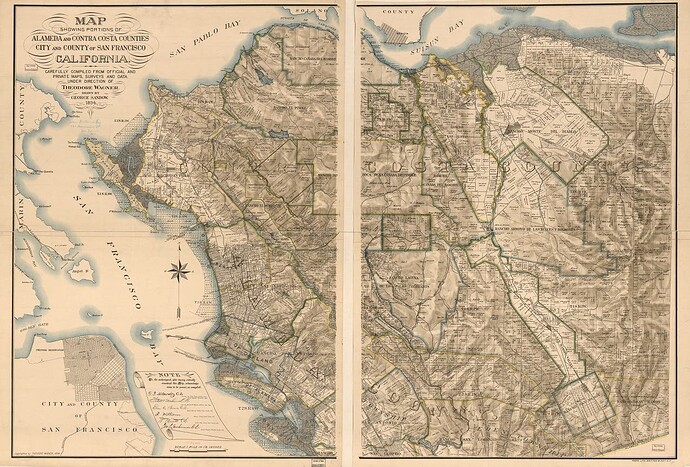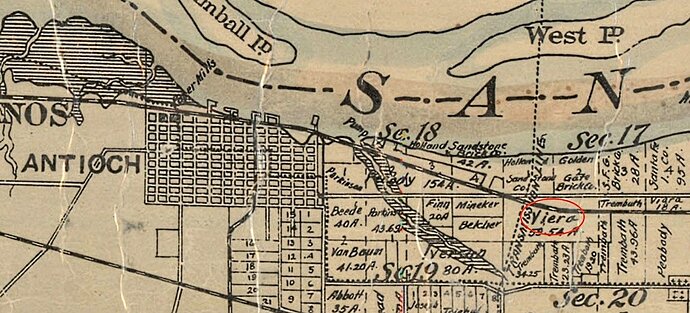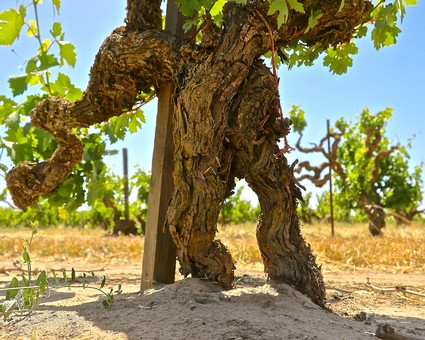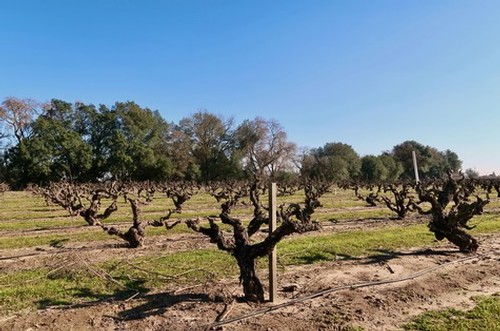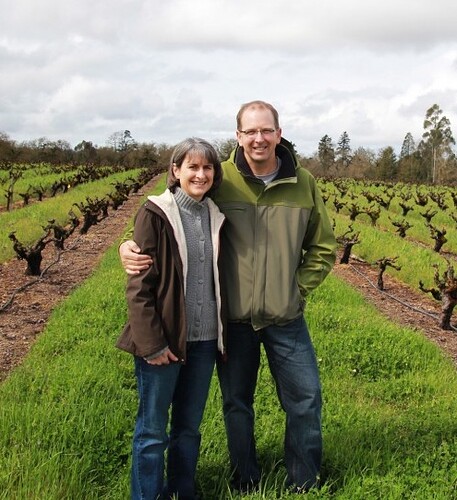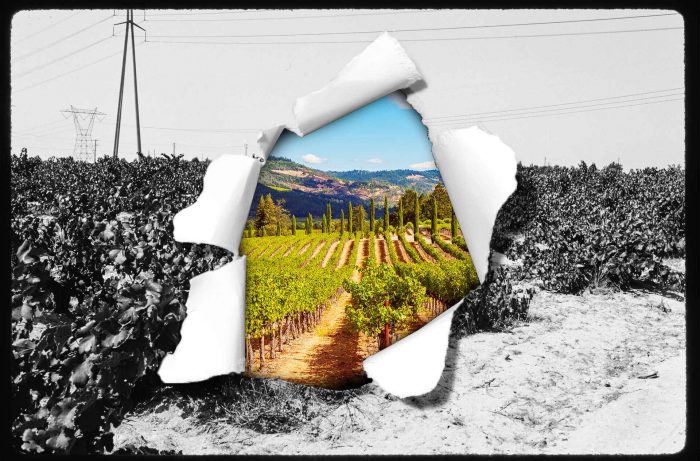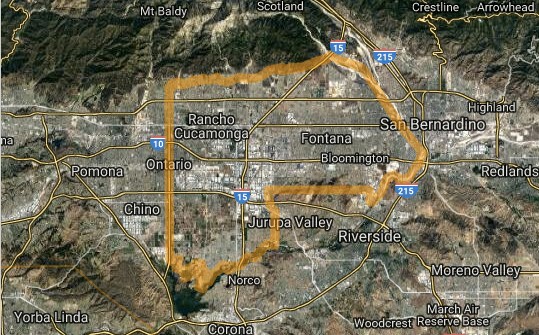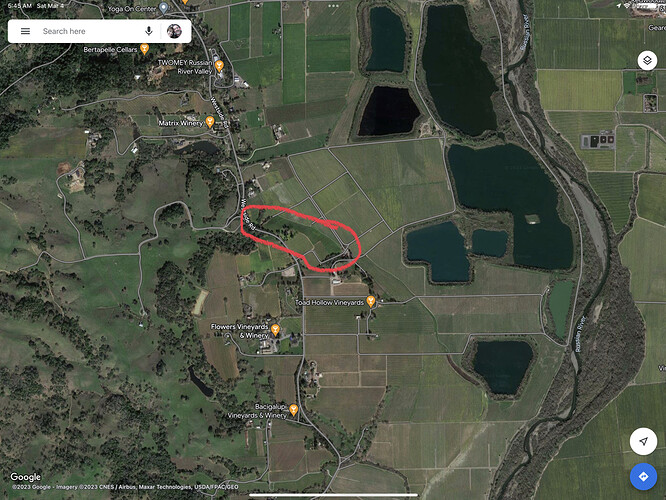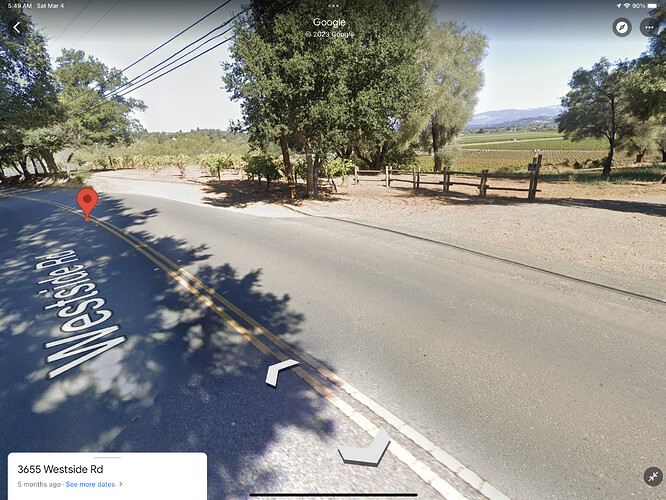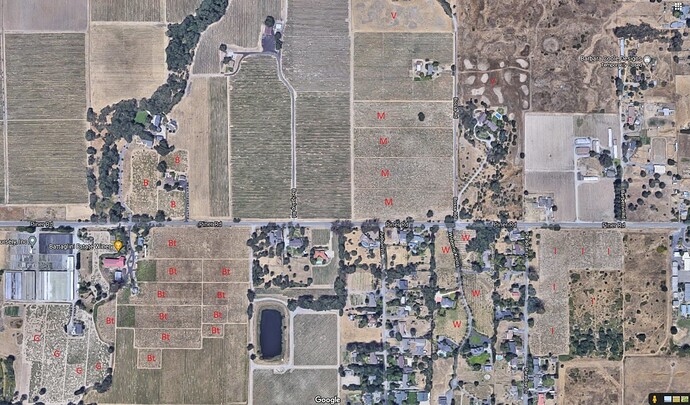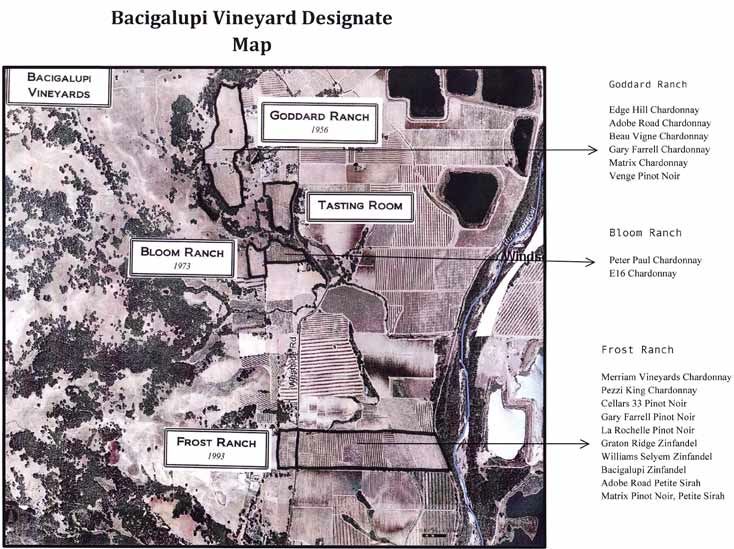An old edition of the Press Democrat includes an ad from Sanchietti Farm selling chickens. The address listed was Route 1, Box 211, Santa Rosa.
I have scanned over some maps from the early 1900s, but I have not been able to locate Route 1. The old Sanchietti Farm probably was situated outside of the city limits. Route 1 may have been renamed at some point in the past 100 years.
Was Route 1 also known as Legislative Route 1, now CA Hwy 101?
Gribble Nation
“Railroad Square Historic District, US Route 101, California State Route 12; Santa Rosa, California”
by Challenger Tom
January 15, 2020
"…The creation of Railroad Square can be directly attributed to US Route 101 being moved to limited access roadways. State Highway Service in Santa Rosa began with the passage of the 1909 First State Highway Bond Act which was approved by voters in 1910. The new State Highway passing through Santa Rosa was Legislative Route 1 which was plotted from the Oregon State Line to San Francisco Bay. LRN 1 headed northbound traversed Santa Rosa using the following alignment:
- Santa Rosa Avenue to Old Courthouse Square;
- Old Courthouse Square to Mendocino Avenue;
- Mendocino Avenue, North out of Santa Rosa.
“During the era of the Auto Trails LRN 1 through Santa Rosa became part of the Redwood Highway. On the 1920 Clason Highway Map of California the Redwood Highway can be seen aligned on LRN 1 through Santa Rosa…”.
Do any locals know which street near Santa Rosa was formerly known as Route One?
Library of Congress
“Official Map of Sonoma County, California: Compiled from the Official Maps in the County Assessor’s Office, with Additions and Corrections to June 1st, 1900”
Created / Published by W.B. Walkup, San Francisco, 1900
Contributors: L.E. Ricksecker, W.B. Walkup & Co, Britton & Rey
Sonoma County Library Map Collection
“Map of City of Santa Rosa, Sonoma County, California compiled from Maps of Record and Actual Surveys”
Created by L.L. Mills, 1920
California Digital Newspaper Collection
Press Democrat, Vol. 52, No. 221
Classified Advertisements: “Livestock / Poultry”
May 30, 1926
Press Democrat, Vol. 55, No. 136
“$2,002 Sought in Two Suits on Auto Crash: Couple Blame Youth in Accident at Cotati Intersection”
June 7, 1928
The above article states that Mr T. and Mary Sanchietti were involved in an accident at the junction of Redwood Hwy and “the Cotati road” (Gravenstein Hwy?). Perhaps this occurred near the Sancietti family’s farm?
Per an earlier article, dated July 8, 1926, Mr T. Sanchietti recently had purchased a “Dodge S” automobile. Unfortunately, it looks like he was not able to enjoy it for very long.
** Trivia: **
A June 3, 1927, copy of the Press Democrat announcing local marriages includes the names of a few notable grape-growing family members - Bastoni, Bondi, Martinelli, Papera, and Sanchietti.
